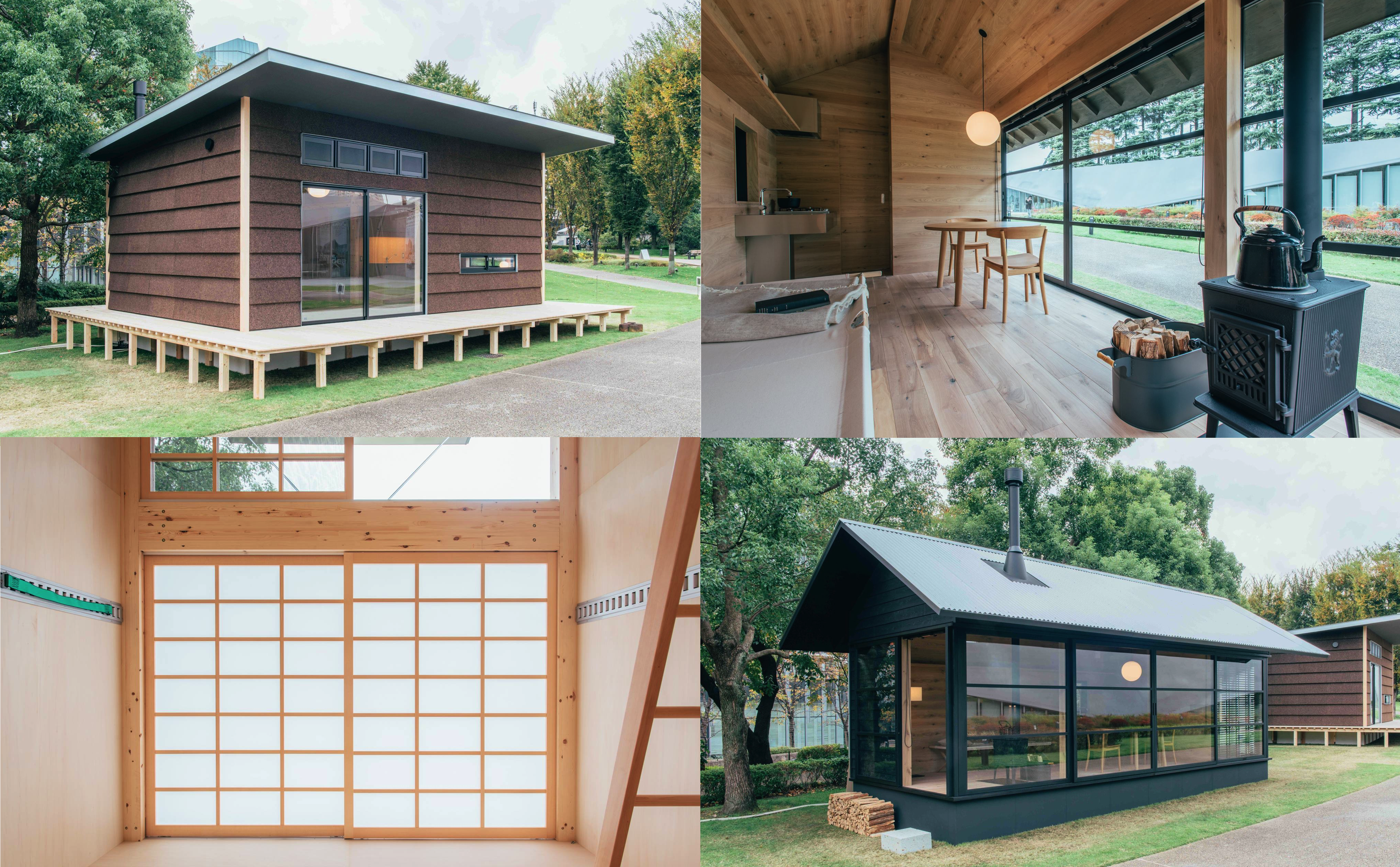
Japan does small better than pretty much any other country in the world. From intricate origami to beautiful bonsai to sushi made with barely a dozen grains of rice, the Japanese people are known for their dexterity and attention to detail.
It should come as no surprise, then, to learn that Japanese retailer Muji is now getting into the tiny house movement and recently showcased its range of prefabricated ‘Muji Hut’ minimalist homes and hangouts.
As a keen follower of the tiny house movement, I’ve spent literally hundreds of hours poring over videos, plans and concepts of small, minimalist homes built either out of financial necessity or by those who wish to simplify their lives. These micro-home owners have an altogether different view of what a house should be, keeping their possessions to an absolute minimum (or creating clever storage solutions to keep them out of the way), designing their homes so that rooms function differently depending on the time of day, and embracing a lifestyle that favours the use of shared spaces. It’s not what you’ve got but how you use it, they maintain, and it’s hard to argue when you see how happy this approach to life makes them.
Although its name is more likely to conjure up images of beige rugs, plain lampshades and stationery than one of architecture and floor plans, Muji—known as Mujirushi Ryouhin (lit. ‘no-logo goods’) in its homeland—has been building pre-fabricated homes for quite some time in Japan under the name of Muji House. These simple yet stylish homes are light, airy and functional, not to mention much more affordable than typical homes in Japan, and they seem to be growing in popularity every day.
And now, for those who want to downsize even further, the company has unveiled Muji Hut—a series of three prefabricated buildings of varying styles and dimensions suitable for either straight-up minimalist living or as weekend retreats or shelters.
First up is the ultra-small Arumi no Koya (lit. “aluminium hut”) by industrial designer Konstantin Grcic.
As its name suggests, the building is covered with in sheets of aluminium on all four sides, with a front that can be folded out to create additional shelter and a small deck, or closed for additional privacy and security.
The interior, while incredibly bare-bones, is surprisingly light and cosy thanks to the shoji paper doors on the front of the unit. The Arumi no Koya comes minus any kind of fittings besides a simple wooden ladder, but with its high ceiling and private loft space up above, this could easily be used as anything from a simple, single-person weekend dwelling to a artist’s studio or office space.
▼ You might want to add a few more bits and pieces to make it more homely…
▼ The shoji paper doors allow light to pour in while giving the owner privacy
Next up is a design that fans of Japanese interiors will no doubt immediately fall in love with. The Koruku no Koya (“cork hut”) was designed by English product and furniture designer Jasper Morrison and features, as its name implies, cork cladding on its exterior as well as a narrow, distinctive Japanese-style deck which surrounds the building.
Morrison’s design features a simple kitchen area, dining space and spacious living/sleeping area fitted with soft tatami-mat flooring, perfect for lazing around on while the wood-burning fire in the corner gets the place nice and warm.
The third and final structure, Ki no Koya (“wooden hut”), was designed by Japan’s own Naoto Fukusawa and is perhaps the most livable of the three designs, even for those unfamiliar with the tiny house movement.
The interior features a kitchenette, bathtub, wood-burning stove and dining area. The entire front of the house, meanwhile, is covered in glass to allow for plenty of natural light to enter. It looks wonderfully snug and inviting and we desperately wish we lived here.
▼ We might need to invest in some blinds, though…
▼ Oh, and this is no ‘tiny house’ bathtub, either—it looks positively luxurious!
They may appear unfeasibly small to some of our readers in the west, but in actuality many of the “one-room” apartments let out in Japan’s urban hubs offer less floorspace than the Muji’s two larger weekend retreats here, so with some careful planning and cutting back on one’s worldly possessions living in one would be quite possible.
After all, as they always say about the things we own: “you can’t take it with you”…
Source: MUJI HUT
Images: MUJI HUT, Facebook/Muji Hut
Now read:

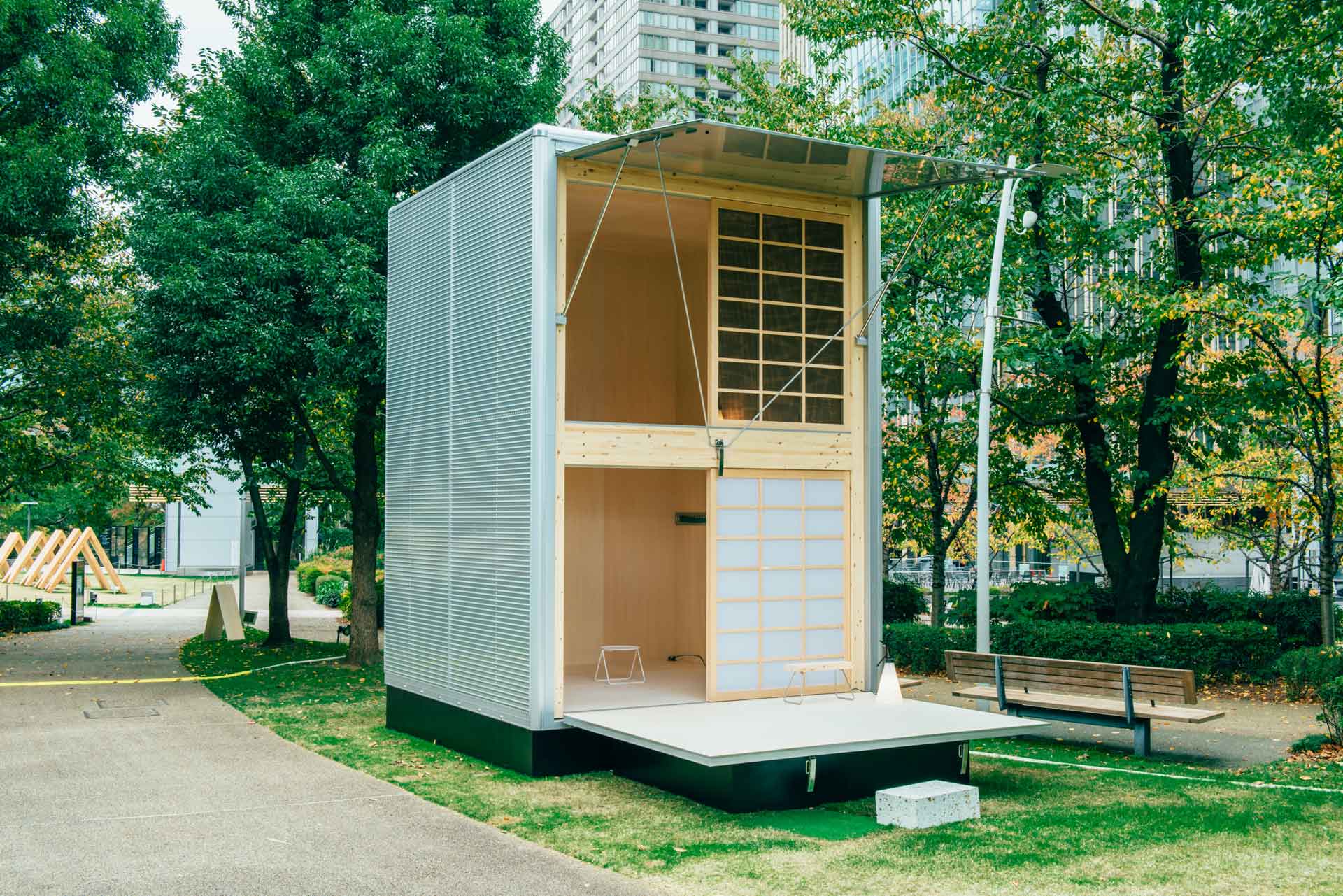
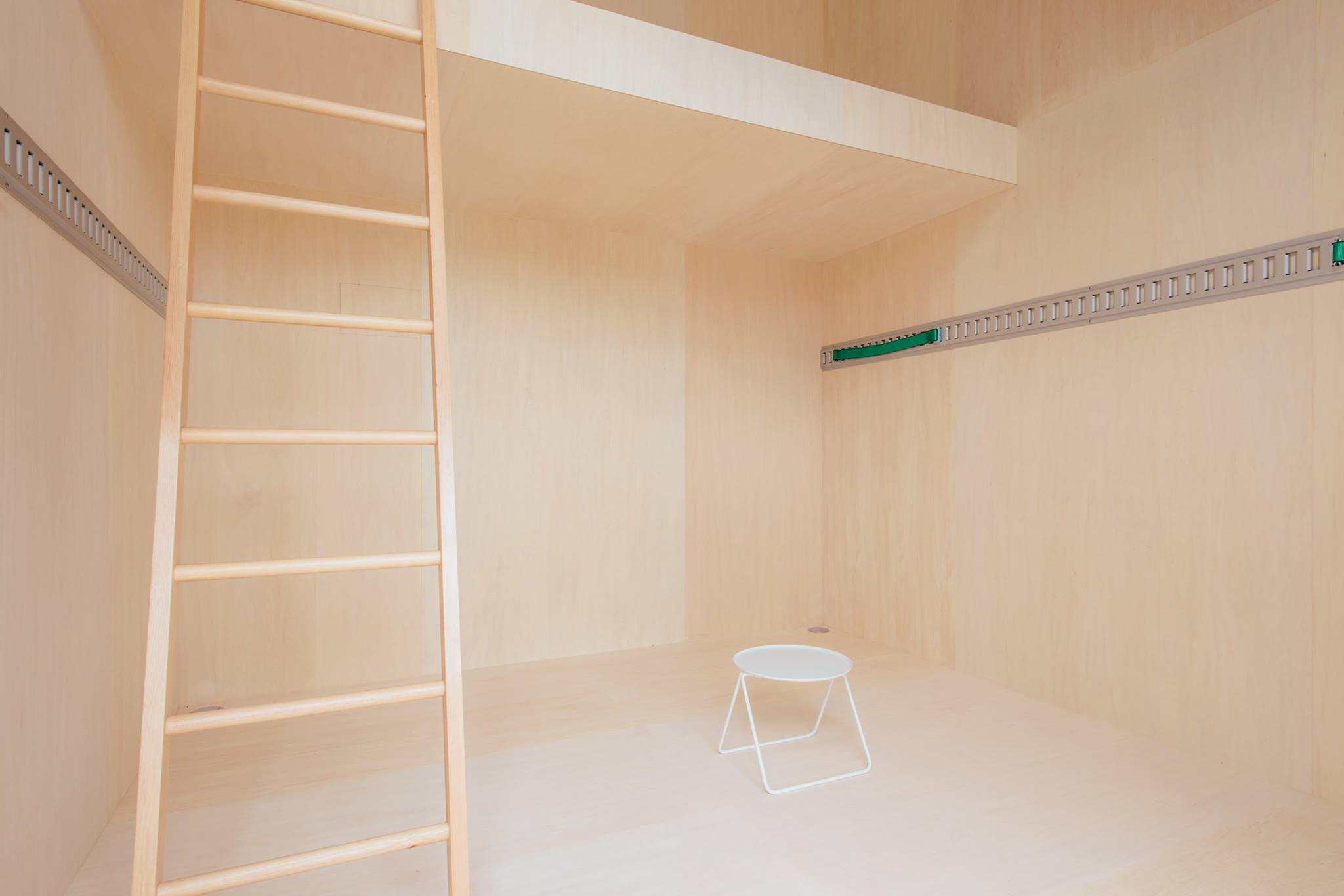
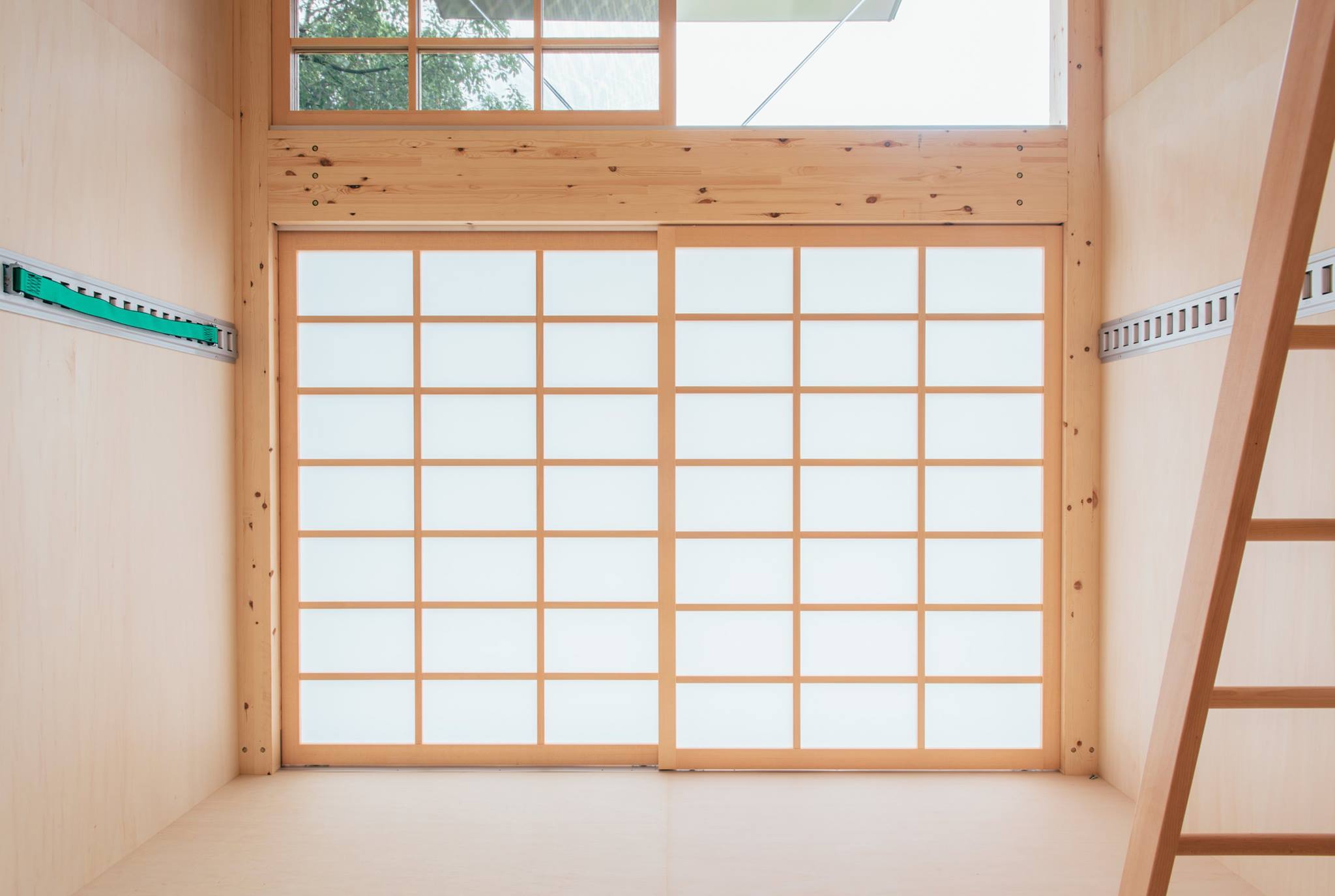
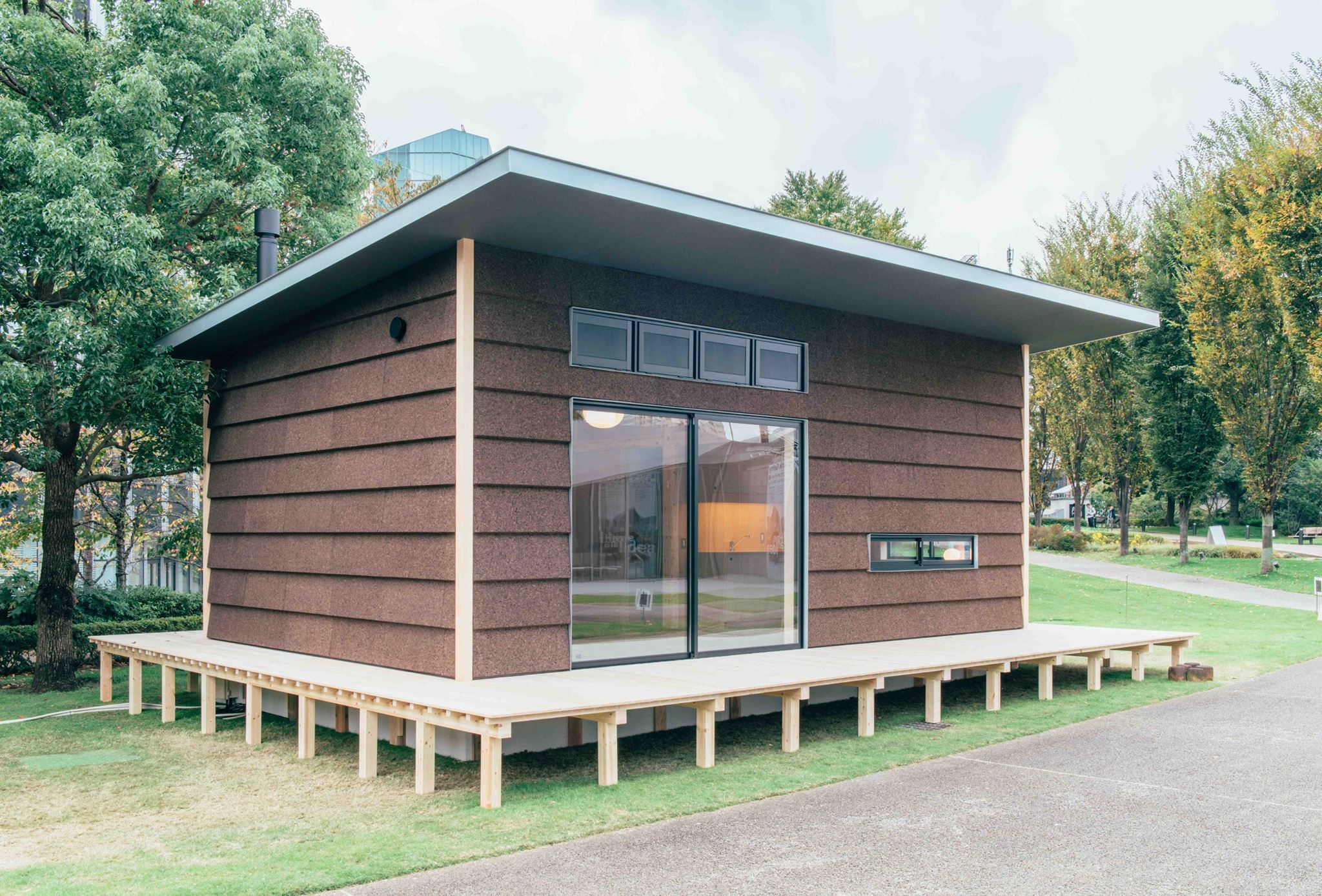
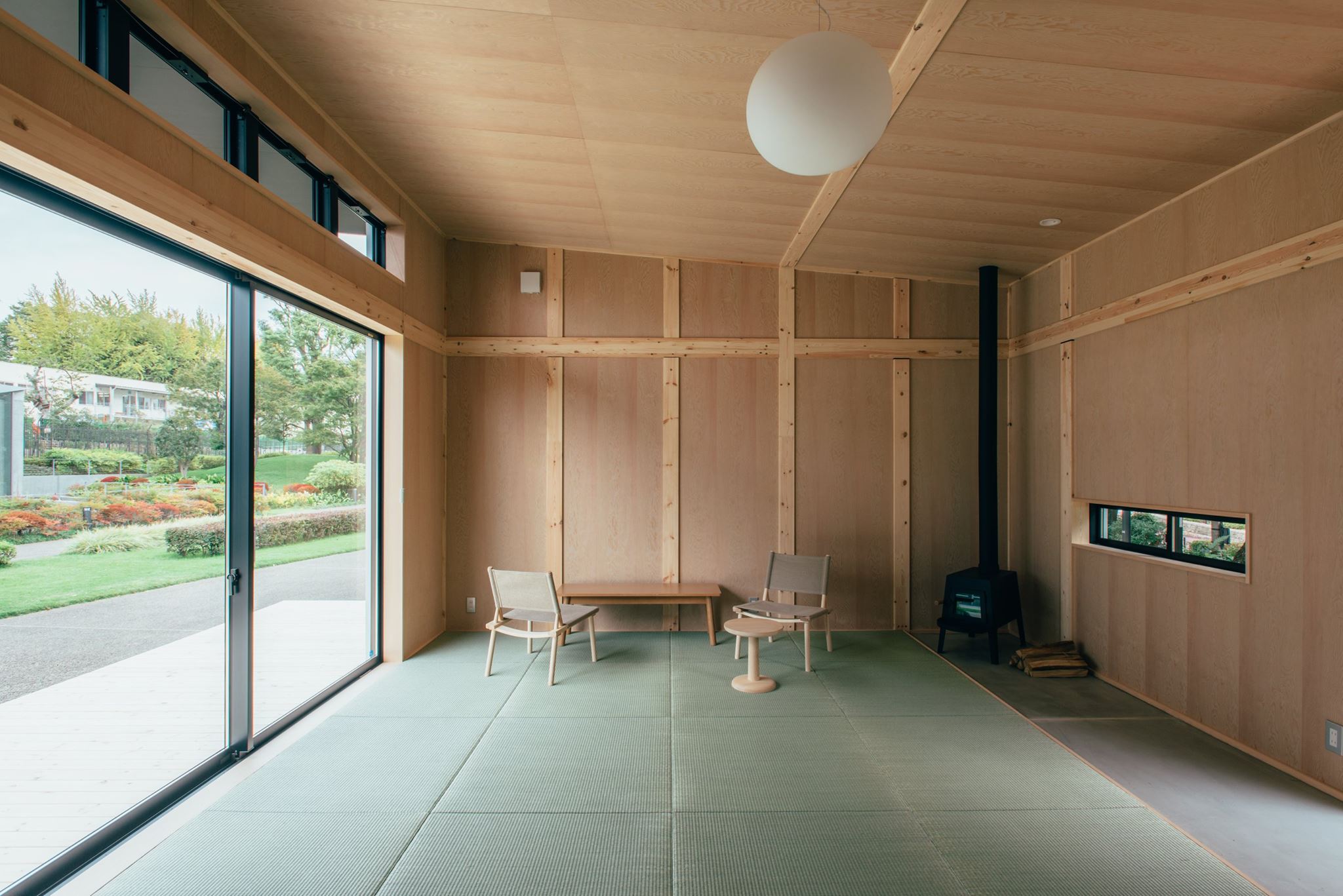
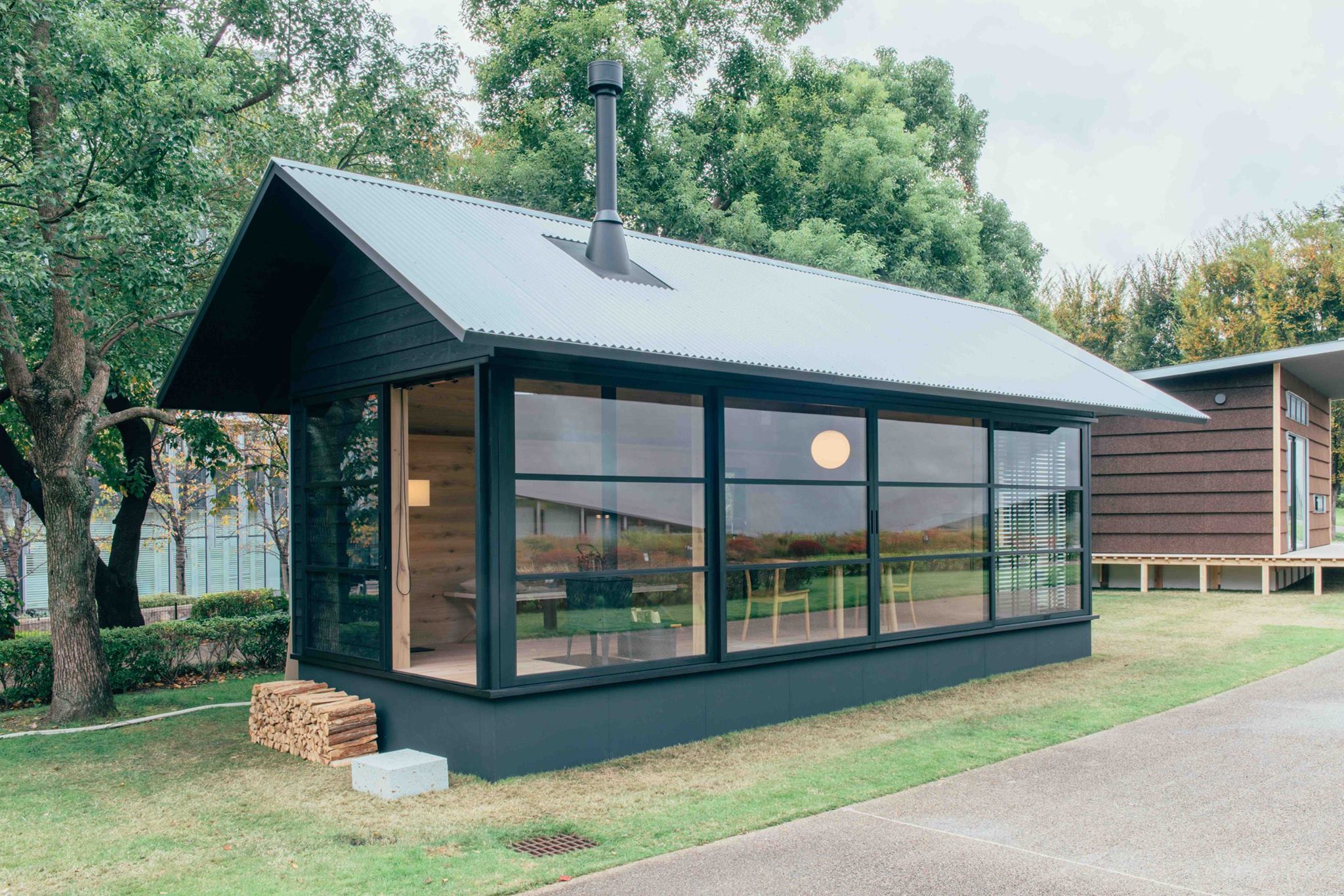
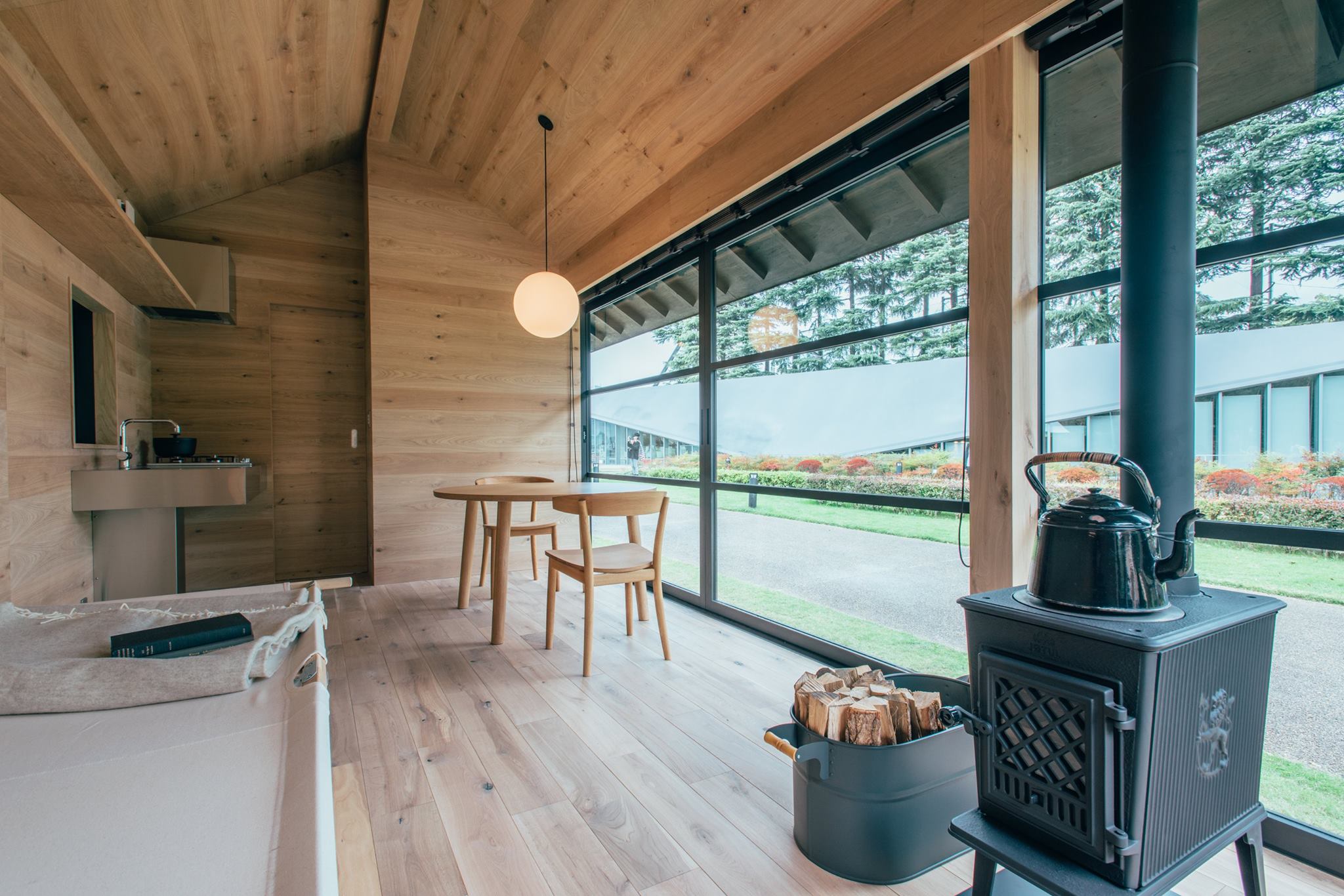
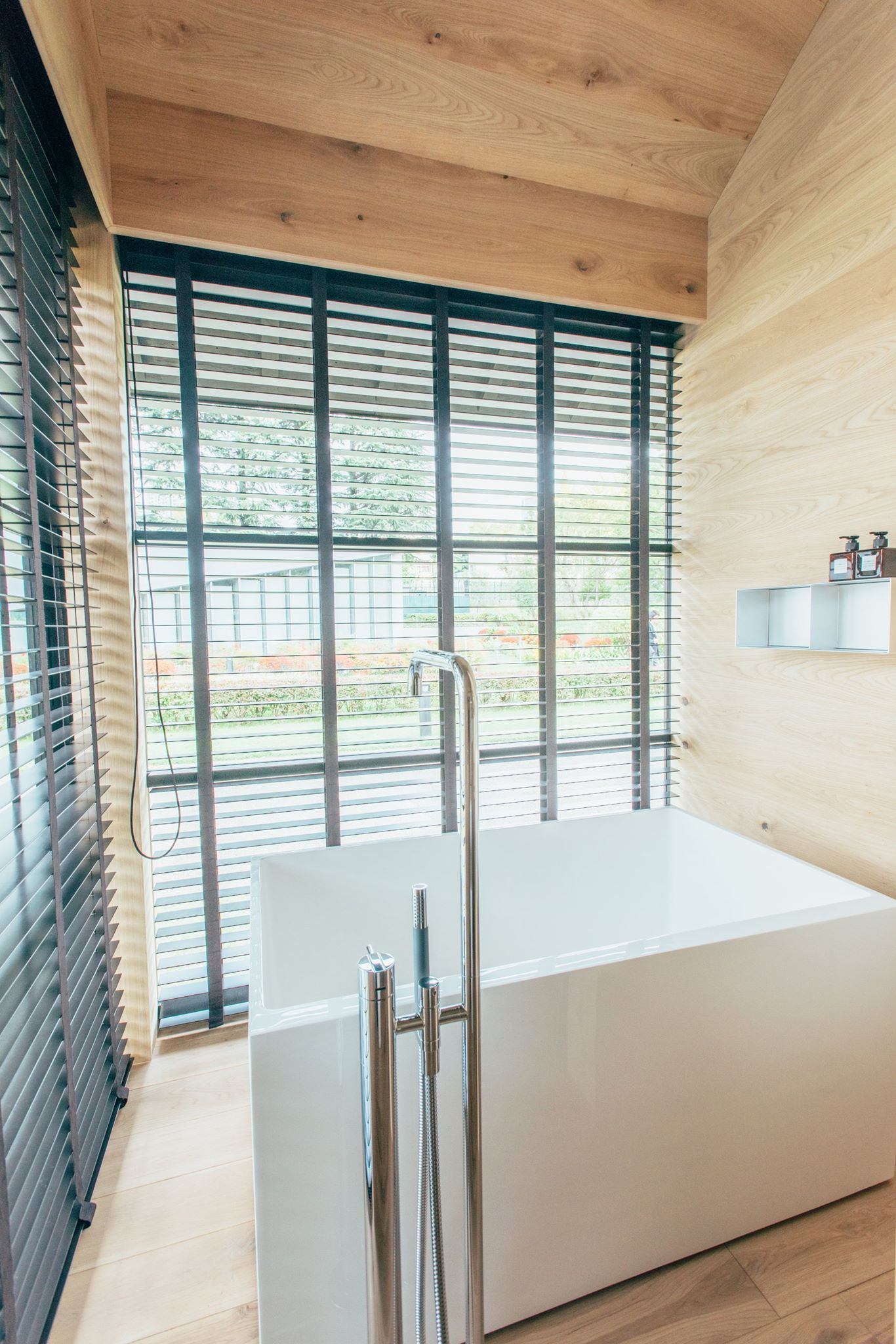

 Mujirushi’s Japanese micro-houses are finally on sale to the general public!
Mujirushi’s Japanese micro-houses are finally on sale to the general public! Japanese architect turns eight one-room apartments into quirky Cubism-inspired family home【Video】
Japanese architect turns eight one-room apartments into quirky Cubism-inspired family home【Video】 Tour a stylish, minimalistic Muji House in new downtown Tokyo showroom
Tour a stylish, minimalistic Muji House in new downtown Tokyo showroom We try Muji’s new “communist” suit【Photos】
We try Muji’s new “communist” suit【Photos】 This fully-functioning tiny trailer house is cheaper than buying an average Tokyo condo
This fully-functioning tiny trailer house is cheaper than buying an average Tokyo condo McDonald’s new Happy Meals offer up cute and practical Sanrio lifestyle goods
McDonald’s new Happy Meals offer up cute and practical Sanrio lifestyle goods Super Nintendo World expansion gets delayed for several months at Universal Studios Japan
Super Nintendo World expansion gets delayed for several months at Universal Studios Japan Studio Ghibli glasses cases let anime characters keep an eye on your spectacles
Studio Ghibli glasses cases let anime characters keep an eye on your spectacles All-you-can-drink Starbucks and amazing views part of Tokyo’s new 170 meter-high sky lounge
All-you-can-drink Starbucks and amazing views part of Tokyo’s new 170 meter-high sky lounge Beautiful Sailor Moon manhole cover coasters being given out for free by Tokyo tourist center
Beautiful Sailor Moon manhole cover coasters being given out for free by Tokyo tourist center Kyoto’s 100 Demons yokai monster parade returns!
Kyoto’s 100 Demons yokai monster parade returns! Mister Donut ready to make hojicha dreams come true in latest collab with Kyoto tea merchant
Mister Donut ready to make hojicha dreams come true in latest collab with Kyoto tea merchant More foreign tourists than ever before in history visited Japan last month
More foreign tourists than ever before in history visited Japan last month My Neighbour Totoro kimono coat sells out as soon as it’s released by Studio Ghibli in Japan
My Neighbour Totoro kimono coat sells out as soon as it’s released by Studio Ghibli in Japan Randomly running into a great sushi lunch like this is one of the best things about eating in Tokyo
Randomly running into a great sushi lunch like this is one of the best things about eating in Tokyo Disney princesses get official manga makeovers for Manga Princess Cafe opening in Tokyo
Disney princesses get official manga makeovers for Manga Princess Cafe opening in Tokyo Starbucks reopens at Shibuya Scramble Crossing with new look and design concept
Starbucks reopens at Shibuya Scramble Crossing with new look and design concept Beautiful new Final Fantasy T-shirt collection on the way from Uniqlo【Photos】
Beautiful new Final Fantasy T-shirt collection on the way from Uniqlo【Photos】 Is the new Shinkansen Train Desk ticket worth it?
Is the new Shinkansen Train Desk ticket worth it? Foreign English teachers in Japan pick their favorite Japanese-language phrases【Survey】
Foreign English teachers in Japan pick their favorite Japanese-language phrases【Survey】 Japanese convenience store packs a whole bento into an onigiri rice ball
Japanese convenience store packs a whole bento into an onigiri rice ball We try out “Chan Ramen”, an underground type of ramen popular in the ramen community
We try out “Chan Ramen”, an underground type of ramen popular in the ramen community Studio Ghibli releases Kiki’s Delivery Service chocolate cake pouches in Japan
Studio Ghibli releases Kiki’s Delivery Service chocolate cake pouches in Japan Japan’s bone-breaking and record-breaking roller coaster is permanently shutting down
Japan’s bone-breaking and record-breaking roller coaster is permanently shutting down New definition of “Japanese whiskey” goes into effect to prevent fakes from fooling overseas buyers
New definition of “Japanese whiskey” goes into effect to prevent fakes from fooling overseas buyers Our Japanese reporter visits Costco in the U.S., finds super American and very Japanese things
Our Japanese reporter visits Costco in the U.S., finds super American and very Japanese things Studio Ghibli unveils Mother’s Day gift set that captures the love in My Neighbour Totoro
Studio Ghibli unveils Mother’s Day gift set that captures the love in My Neighbour Totoro Foreign passenger shoves conductor on one of the last full runs for Japan’s Thunderbird train
Foreign passenger shoves conductor on one of the last full runs for Japan’s Thunderbird train Domino’s Japan now sells…pizza ears?
Domino’s Japan now sells…pizza ears? New Japanese KitKat flavour stars Sanrio characters, including Hello Kitty
New Japanese KitKat flavour stars Sanrio characters, including Hello Kitty Kyoto creates new for-tourist buses to address overtourism with higher prices, faster rides
Kyoto creates new for-tourist buses to address overtourism with higher prices, faster rides Sales of Japan’s most convenient train ticket/shopping payment cards suspended indefinitely
Sales of Japan’s most convenient train ticket/shopping payment cards suspended indefinitely Sold-out Studio Ghibli desktop humidifiers are back so Totoro can help you through the dry season
Sold-out Studio Ghibli desktop humidifiers are back so Totoro can help you through the dry season Japanese government to make first change to romanization spelling rules since the 1950s
Japanese government to make first change to romanization spelling rules since the 1950s Ghibli founders Toshio Suzuki and Hayao Miyazaki contribute to Japanese whisky Totoro label design
Ghibli founders Toshio Suzuki and Hayao Miyazaki contribute to Japanese whisky Totoro label design Doraemon found buried at sea as scene from 1993 anime becomes real life【Photos】
Doraemon found buried at sea as scene from 1993 anime becomes real life【Photos】 Tokyo’s most famous Starbucks is closed
Tokyo’s most famous Starbucks is closed One Piece characters’ nationalities revealed, but fans have mixed opinions
One Piece characters’ nationalities revealed, but fans have mixed opinions We asked a Uniqlo employee what four things we should buy and their suggestions didn’t disappoint
We asked a Uniqlo employee what four things we should buy and their suggestions didn’t disappoint Princesses, fruits, and blacksmiths: Study reveals the 30 most unusual family names in Japan
Princesses, fruits, and blacksmiths: Study reveals the 30 most unusual family names in Japan Tokyo’s Muji Hotel now taking reservations, ready to provide lifestyle-brand comfort to travelers
Tokyo’s Muji Hotel now taking reservations, ready to provide lifestyle-brand comfort to travelers Muji Ginza’s freshly baked bread is our new favorite thing
Muji Ginza’s freshly baked bread is our new favorite thing Muji designs cool all-weather self-driving shuttle bus, aims to implement it in Finland in 2020
Muji designs cool all-weather self-driving shuttle bus, aims to implement it in Finland in 2020 Checking out Muji’s lucky bag: Almost 10,000 yen worth of stuff for a fraction of the price
Checking out Muji’s lucky bag: Almost 10,000 yen worth of stuff for a fraction of the price Stay at the Nara Juvenile Prison hotel in Japan in 2020
Stay at the Nara Juvenile Prison hotel in Japan in 2020 The world’s biggest Muji store opened in Hiroshima, and we went to check it out!
The world’s biggest Muji store opened in Hiroshima, and we went to check it out! Muji opens its first prepared food-themed store in Higashi Ikebukuro
Muji opens its first prepared food-themed store in Higashi Ikebukuro Retailer Muji converts all plastic beverage bottles into aluminum cans
Retailer Muji converts all plastic beverage bottles into aluminum cans Japanese brand Muji shrinks and rebuilds Tokyo using 10,000 of its items【Video】
Japanese brand Muji shrinks and rebuilds Tokyo using 10,000 of its items【Video】 Japanese minimalist retailer Muji launches new set of disaster preparedness kits
Japanese minimalist retailer Muji launches new set of disaster preparedness kits Get ready to take a seat on Muji’s new lightweight and easily portable Sofa Made from Air
Get ready to take a seat on Muji’s new lightweight and easily portable Sofa Made from Air What to buy at Daiso’s new Standard Products store in Tokyo
What to buy at Daiso’s new Standard Products store in Tokyo Secret lunch spot in Tokyo’s Muji Hotel is a hidden gem that few people know about
Secret lunch spot in Tokyo’s Muji Hotel is a hidden gem that few people know about Tiny Tokyo apartment makes up for lack of space with clever design details【Video】
Tiny Tokyo apartment makes up for lack of space with clever design details【Video】 Japanese interior brand Muji opening its first hotel ever in the heart of Tokyo
Japanese interior brand Muji opening its first hotel ever in the heart of Tokyo
Leave a Reply